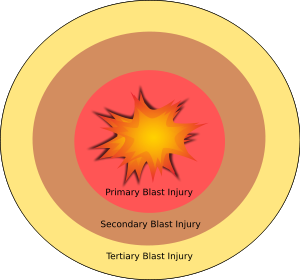Your Adversity Quotient (AQ)
Very often, we succumb to the problems (adversity) that come in our way in our day to day life. We seldom try to resolve and get out of the same in order to avoid effect of the one problem in one area of life to other. How many adverse events do you experience on your average day? Are you consumed by these events or are you letting them lead to stronger performance? I developed the Adversity Quotient (AQ) to test the unconscious pattern of how people respond to adversity, and show how to increase it and, thereby, help individuals become valuable at work. Adversity Response Profile (ARP) Imagine the following events as if they were happening right now. Then circle the number that represents your answer to each of the related questions. You suffer a financial setback. To what extent can you influence this situation? Not at all 1 2 3 4 5 Completely You are overlooked for a promotion. To what extent do you f



